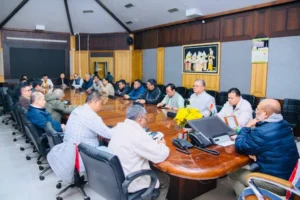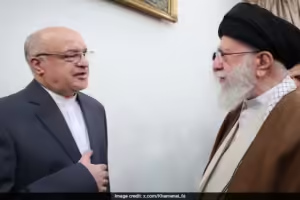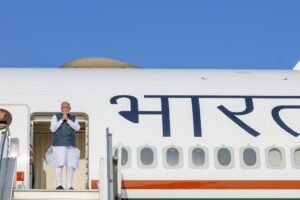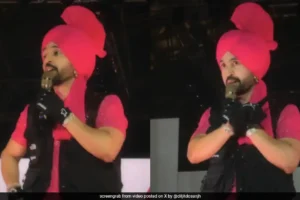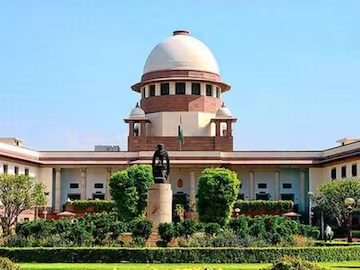NEP 2020 in Odisha: After cautious Naveen, Majhi is on fast track for higher education
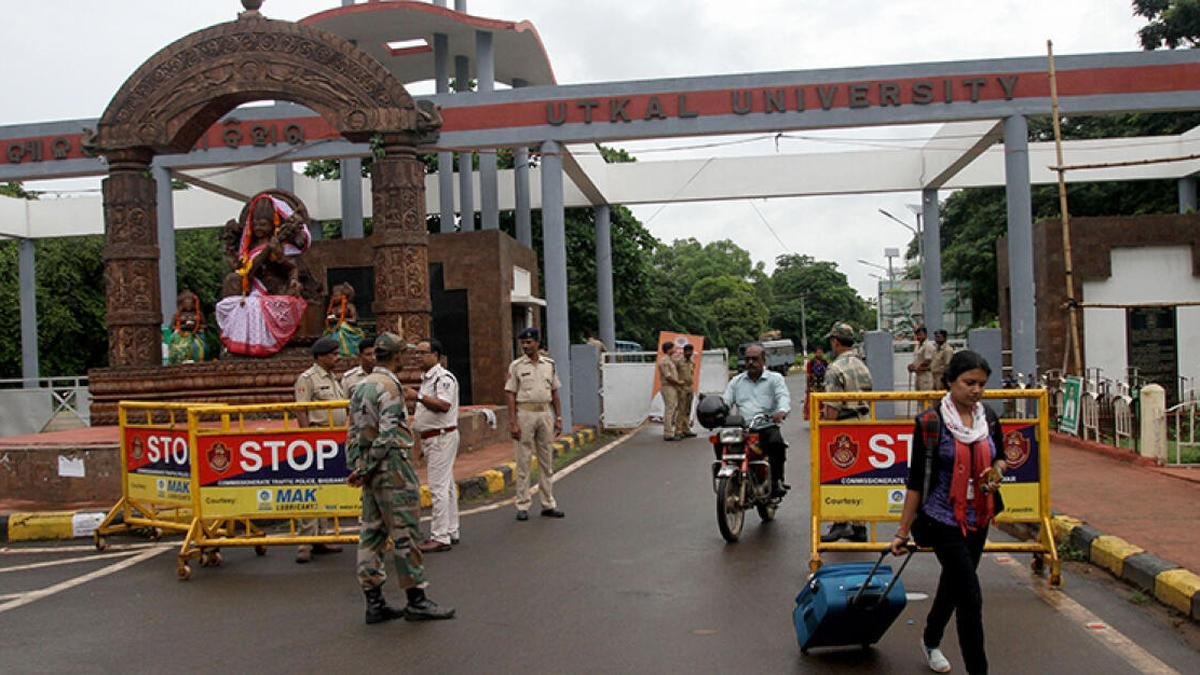
Odisha BJP government fast-tracks National Education Policy-2020 implementation in higher education sector, addressing infrastructure, faculty, and internship challenges.
The present BJP government in Odisha has changed gears from the cautious approach of Naveen Patnaik’s government towards the National Education Policy-2020. It has accelerated the implementation, especially in the higher education sector.
The first official meeting of Suryabanshi Suraj, State’s Higher Education minister, was about giving thrust to the NEP. The prep work for the introduction of NEP in higher education is reportedly over.
Immediately after NEP-2020 was unveiled, the previous Biju Janata Dal government had convened a meeting by inviting different stakeholders for its implementation. The Higher Education Council played a central role in finding ways to implement it. “The NEP is not something that, once activated, will automatically follow its intended path,” said Prof Ashok Kumar Das, former vice chairperson of Odisha Higher Education Council, who was involved in preparing the ground of NEP implementation.
The foremost challenge the educationists and policymakers faced in its roll-out is that over 40% of Odisha’s population belongs to socially and economically disadvantaged groups. There are issues of infrastructure bottlenecks, shortage of human resources and other technical shortcomings which have to be addressed.
“From 2022-23, we had made serious efforts to prepare the syllabus on accordance with NEP. Committees were formed on every subject by drawing experienced faculties from all colleges and universities. After preparation of syllabus, it was sent for outside reviewer. It has now come back,” said Prof Das.
“By early 2024, the complete undergraduate syllabus, incorporating skill and value-added courses as well as a multidisciplinary approach, was prepared. A total of 45 courses, available in both three-year and four-year programs, were ready for rollout,” he said.”By early 2024, we had prepared the complete undergraduate syllabus, incorporating skill and value-added courses along with a multidisciplinary approach. We had ready 45 courses, available in both three-year and four-year programs, for rollout,” he said.
Challenges in Implementing NEP in Odisha: Enrollment, Faculty, and Internships
Elaborating on the thought process and preparation behind the implementation of the National Education Policy (NEP), Prof. Das explained, “We currently have 1 million students, with a Gross Enrollment Ratio (GER) of around 23, which is lower than the national average of 28 and significantly lower than the 50% seen in some states. To raise our GER to 50%, we would need an additional 1.5 million students. Where will these students come from? Integrating students who drop out after completing Class 10 will be essential to achieving this goal.”
The second major problem confronted by educationists in Odisha was faculty. “Our teacher student ratio is poor. UGC recommends one teacher for every 25 students in graduation level and one teacher for 15 to 20 students in post graduation level. We need one lakh teachers for 25 lakh students. Total faculty strength in higher education in Odisha may not be more than 5,000,” he rued.
The budget for Higher Education in Odisha stands at ₹ 3,000 crore.
An important aspect, which most of States will face in implementing NEP, is facilitation of internship to students.
The NEP says every student should have four credit score from compulsory internship. “The challenge is where one would intern 10 lakh students? Where are the industries and institutions in Odisha? It is a huge challenge to facilitate internship for 10 lakh students,” said Mr. Das.
Agencies would connect students with institutions or industries which would provide internship.
Odisha has partnered with NASSCOM for providing digital skills to students and also help students going in for internship. The Odisha government would fund the internship process. The university would recognize the marks obtained through the internship.
Infrastructure for online courses
Conducting exams online is a big challenge. One cannot expect students from far off places such as Koraput and Nabrangpur to come and appear for exams in those two Swayam centres. It was not practical.
The Centre for Distance and Online Education (CDOE) at Utkal University is currently developing virtual tutorials for all undergraduate courses, which will be available to students free of charge. Plans are underway to expand the range of virtual tutorials in the future. The University Grant Commission has agreed that students can purse studies through Swayam, but universities in Odisha can conduct examination.
Ramping up research
Research is another core issue for the NEP. Since 2018, Odisha had started its own research scheme christened as Odisha University Research and Innovation Incentivisation Plan (OURIIP) under which young lecturers are provided seed research funding either in college or universities. Earlier, there was a huge problem in availing funding for pursuing PhD. The State government started giving fellowship.
This has been going on for the past five years.
These centres are also potential points for extending internship to students. The government is providing ₹ 4,000 per every student.
The orientation of university or college teachers has not been towards research. The NEP advocates four year degrees and one-year PG. A student can straight opt for research after graduation.
The State has 11 climatic zones, Similipal forest, Chilika lake and Bhitarkanika – all potential topic areas for research.
Prof. Das stated that the Naveen Patnaik government was cautious about the risks of implementing the NEP without thorough preparation. Starting without such preparation, he emphasized, would risk turning the initiative into a failure.
The National Credit Framework and the Academic Bank of Credit (ABC). Students would have the option of multiple entry and multiple exit and can come back in seven years to complete a degree.
Since the BJP came to power in June this year, Higher Education Minister Mr. Suraj has highlighted the key challenge of meeting the demand for qualified teachers at various fora.
Taskforce and themes
Last month, Odisha CM Mr. Majhi took to social networking site ‘X’ to announce that to ensure smooth implementation of the NEP, the State government has reconstituted a task force to suggest measures. .
The notification says that six thematic subcommittees would deal with different components of NEP-2020 with representatives from other departments and directorates functioning under the Sand ME Department and experts in education as special invitees.
The new government appeared fully committed to accelerate the NEP.



 English
English Hindi
Hindi Kannada
Kannada Malayalam
Malayalam Tamil
Tamil Telugu
Telugu
